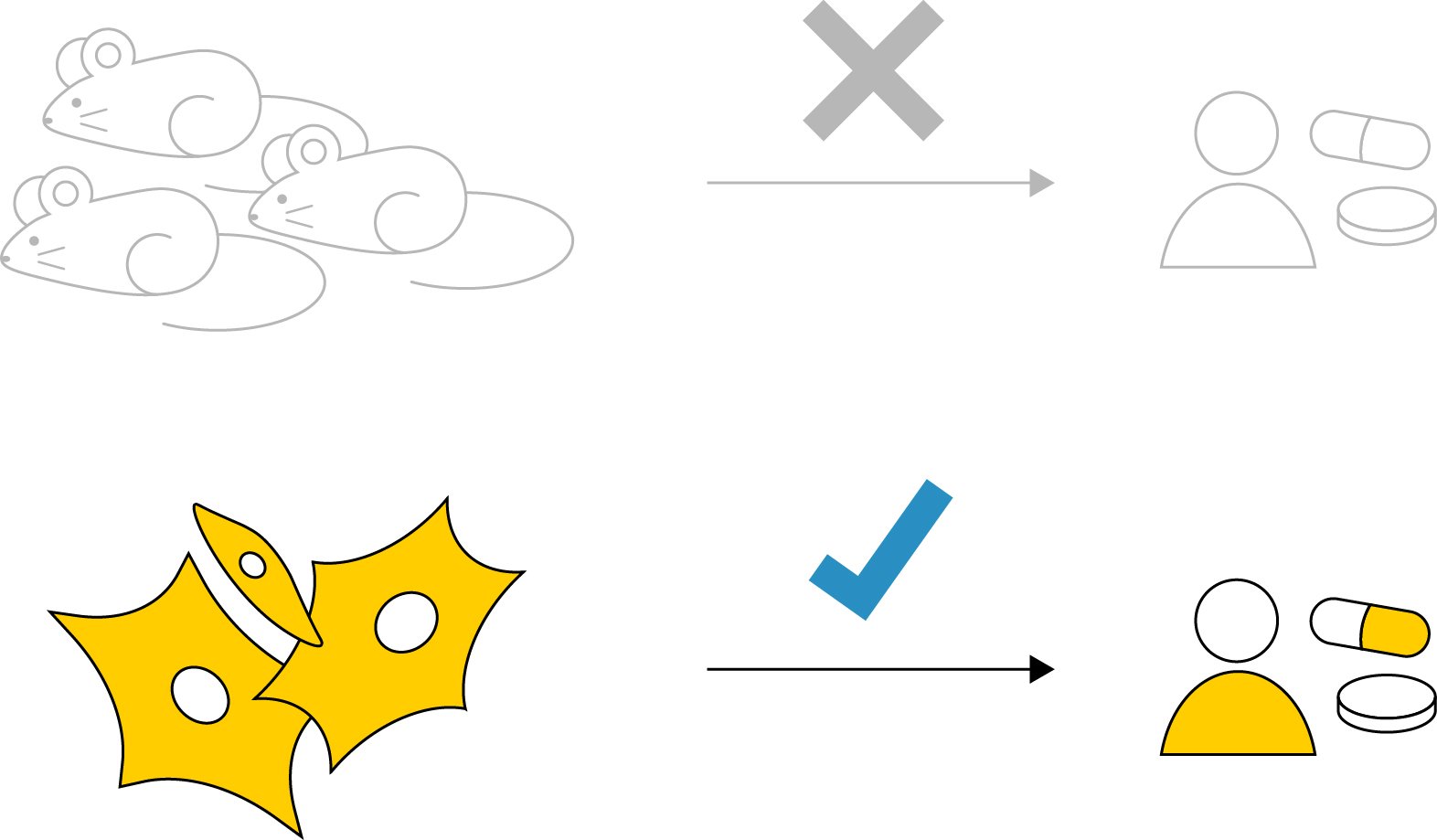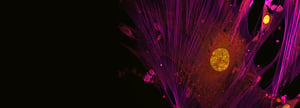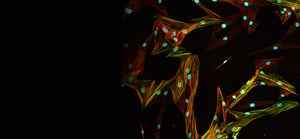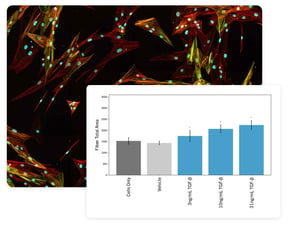IDENTIFY FIBROTIC MODULATORS AND INHIBITORS
Thickened, stiff, damaged lung tissue is the hallmark of lung fibrosis – a deadly disease that can result from a multitude of causes, including environmental insults, chronic infection, or genetic factors. Progression of fibrosis manifests through the biosynthesis of extracellular matrix proteins and intracellular stress fibers.
Our Ready-2-Go assay service assesses the effects of your test articles on fibrotic induction using primary, human lung fibroblasts.
KEY FEATURES
![]()
Uses human, primary cells in an in vitro model of lung fibrosis
![]()
Readouts that characterize intracellular and extracellular fibrosis indicators
![]()
Only 6-8 weeks from assay to report
![]()
Option to bundle R2G Services or transition to Custom Services
AVOID SPECIES DIFFERENCES WITH PRIMARY, HUMAN, LUNG FIBROBLASTS
The use of animal models or immortalized cell lines limits clinical translatability. We use primary, human, lung fibroblasts to help bridge the gap between the bench and clinic.

RELATED READY-2-GO SERVICES
Browse related Ready-2-Go assay offerings. For custom assays, check out our Custom Services.
![]()
R2G CELL HEALTH
Multiplexed readouts of proliferation, viability, and apoptosis.
Learn more
![]()
R2G MITOCHONDRIAL HEALTH
Screen for changes in mitochondrial membrane potential.
Learn more
![]()
R2G LIVER FIBROSIS
Fibrotic induction and inhibition are measured in stellate cells.
Learn more



